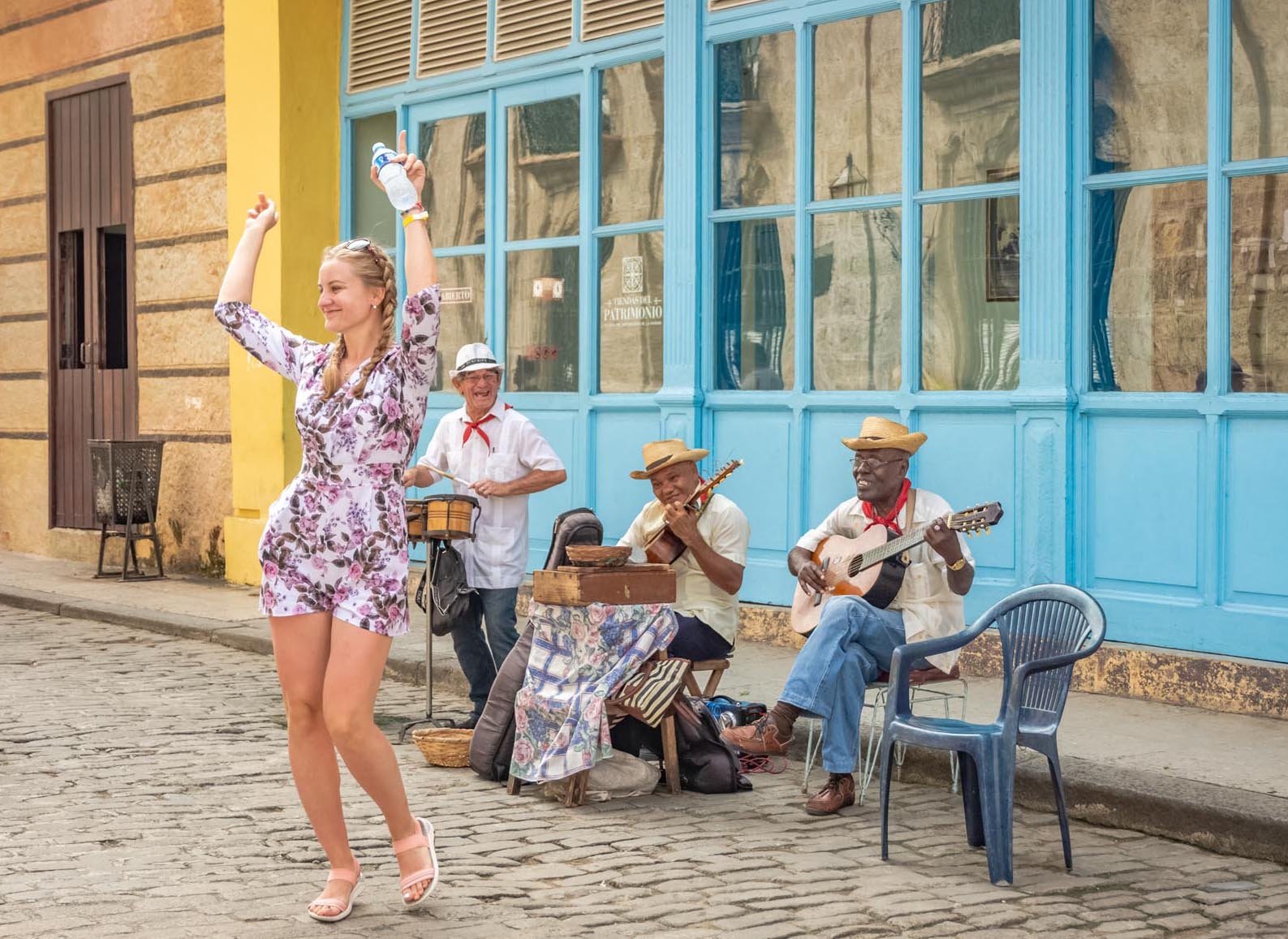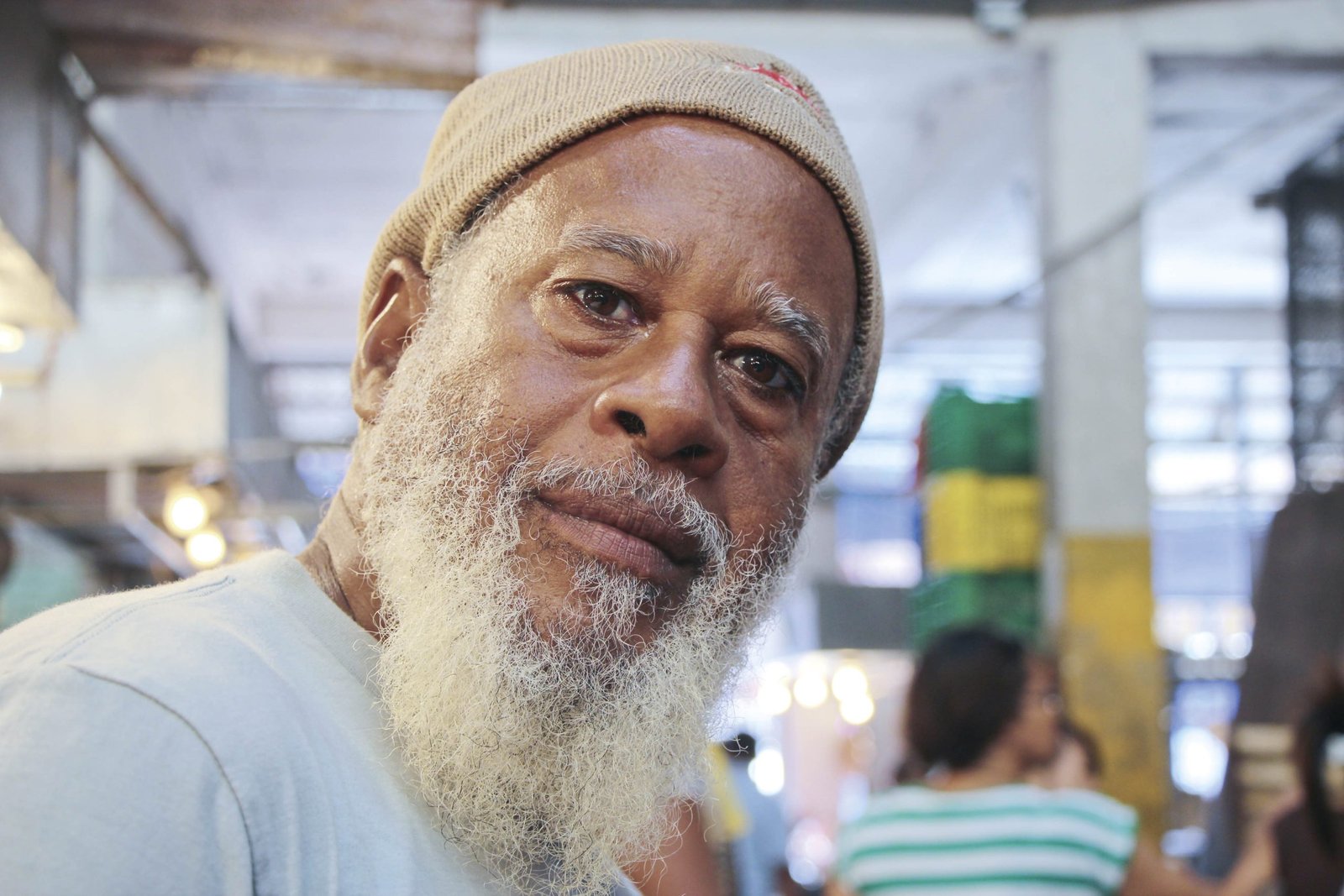
The Historic Quarter Bounces Back
Text and photos: Demian Colman
Nearly four hundred years ago, a pirate attack drove out Isthmus residents who had settled in an area now known as Old Panama City. The notorious Henry Morgan destroyed the city where Panamanians had lived for 152 years. After the attack, the Spanish Crown built a walled fort to protect the new city, which was designed to suit the inhabitants, leading historians to call it a visionary city. It had strategically placed bulwarks, an impenetrable wall, seven plazas for enjoying city life, a reasonable number of churches, and just the right amount of housing for the population. In 1673, city dwellers embarked on a new life after the devastation.
A stroll through today’s Historic Quarter reveals traces of the history of the Isthmus. The Spanish-style colonial mansions with French and English elements introduced by subsequent immigrants create a wonderful ambiance for all sorts of restaurants, cafés, and hotels. The culinary offerings are as eclectic as the styles of the doorways, and the sunsets invite guests to linger and enjoy the nightlife on a moonlit terrace.
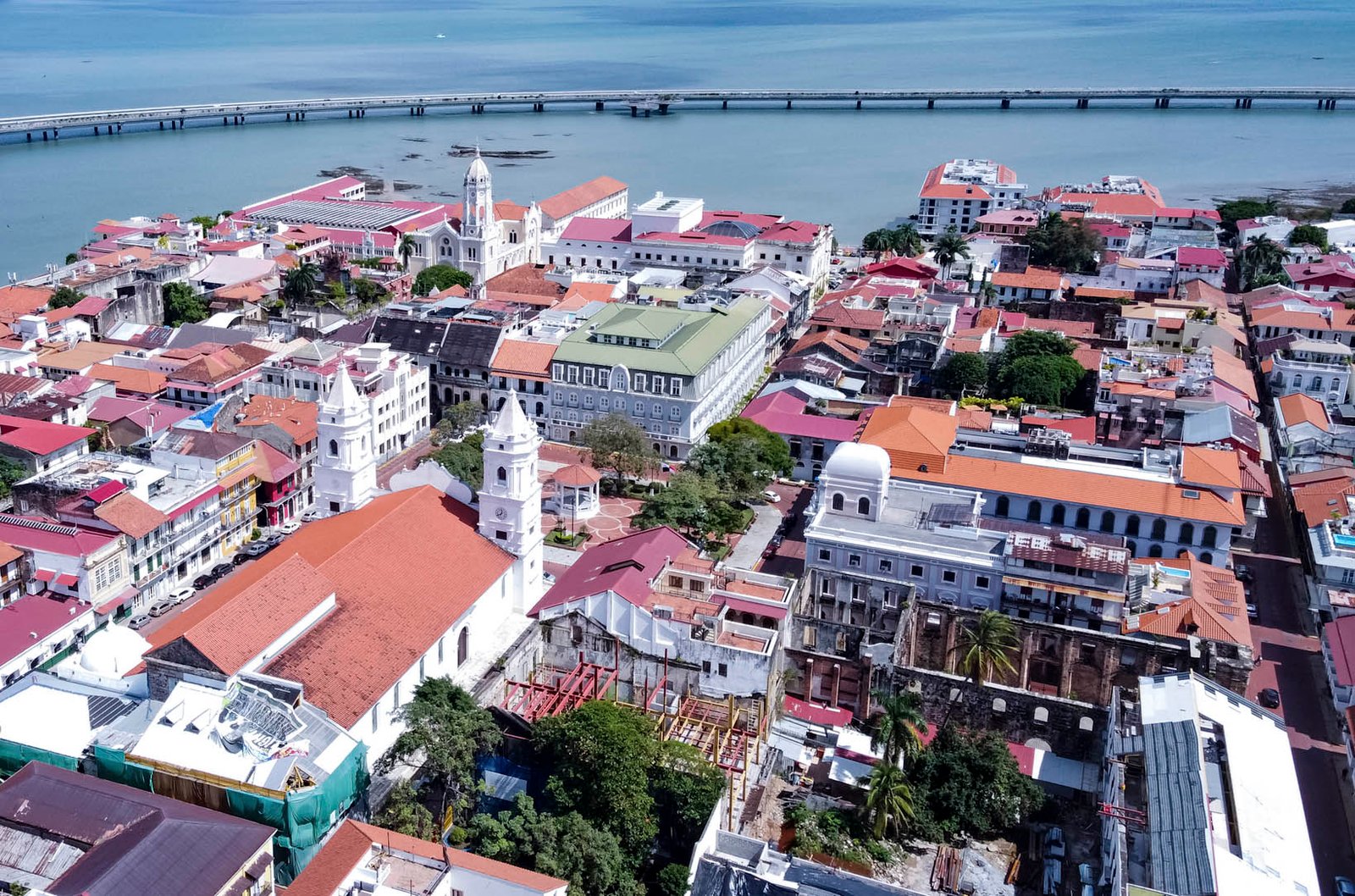
The year 2020 and its abrupt strangling of the world economy plunged the previously buzzing cobblestone streets of the Historic Quarter into silence. The walls were no defense against this particular enemy, and the windows remained firmly shut. But the Historic Quarter is nothing if not a symbol of resilience, so the tables are now being dusted off as the area comes back to life.
The fierce determination of the residents and businesspeople and the support of the Ministry of Culture set the Historic Quarter Recovery Plan in motion. Every Monday through Saturday, as the day begins to cool around 4 p.m., traffic becomes one way, the 946 parking spaces in six parking lots— occupied by office workers during the day— become free to visitors, and several of the streets running parallel to the ocean turn into pedestrian walkways.
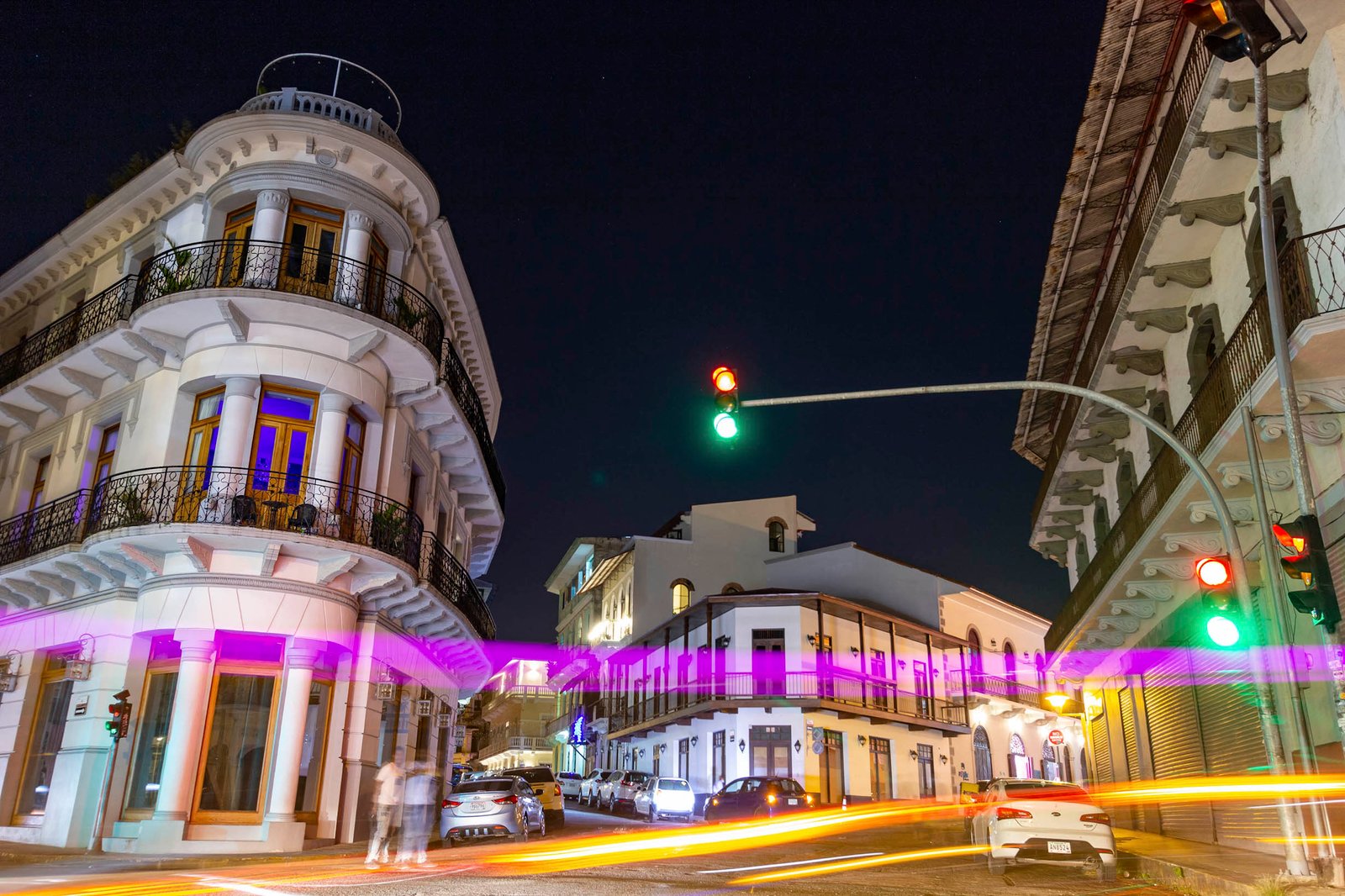
City Hall has given restaurants permission to put tables on the sidewalks to reduce the number of people inside, helping ensure social distancing and natural airflow. The city is recovering its festive air. There are four hundred outdoor tables spread over streets, plazas, and the boardwalk.
The plan includes cultural performances in all the plazas, and tourists can download the Live Walk PTY app to their cell phones for free self-guided themed walking tours that include the wall and heritage, colonial churches, food (rum, chocolate, and coffee), and museums. The Sanitation Department is likewise doing its part by ensuring that trash is collected and recycled properly.
Plaza Herrera

The tour begins in this plaza, formerly known as Plaza del Triunfo. Parts of the wall that once surrounded the square are still visible on one corner, but the plaza has been transformed into a public garden as part of a program to recover public spaces. In 1887, the plaza was renamed in honor of General Tomás Herrera, one of the driving forces behind independence, whose monument reminds us of the power of struggle. A curious detail is that the base of the monument contains soil from Ayacucho (Perú), where the General fought for independence in the south.
Plaza Catedral

This is the heart of the visionary city and it has been the site of many joyful celebrations including the celebration of Panama’s independence from Spain, and later, the celebration of the country’s separation from Colombia. This is where people pay homage to the architects of the nation.
The plaza is bordered by significant structures, including the cathedral, first built (in Old Panama City) in 1510 and later destroyed by Morgan. Reconstructed in its current location over a period of 108 years, the cathedral’s massive towers show the wounds and imprints of time.

The Canal Museum (museodelcanal.com) is housed in the former 19th century Grand Hotel, which hosted the French commission that arrived to begin the first attempt to construct the Panama Canal; the building was later converted into the headquarters of the Universal Interoceanic Canal Company. The 20th-century neoclassical-style City Hall sits on the plot of the original Town Hall, across from the Hotel Central, which was already a luxury hotel when French engineers arrived in 1864. In 1903, the hotel hosted the celebrated meeting that cemented Panama’s separation from Colombia.
Plaza Bolívar
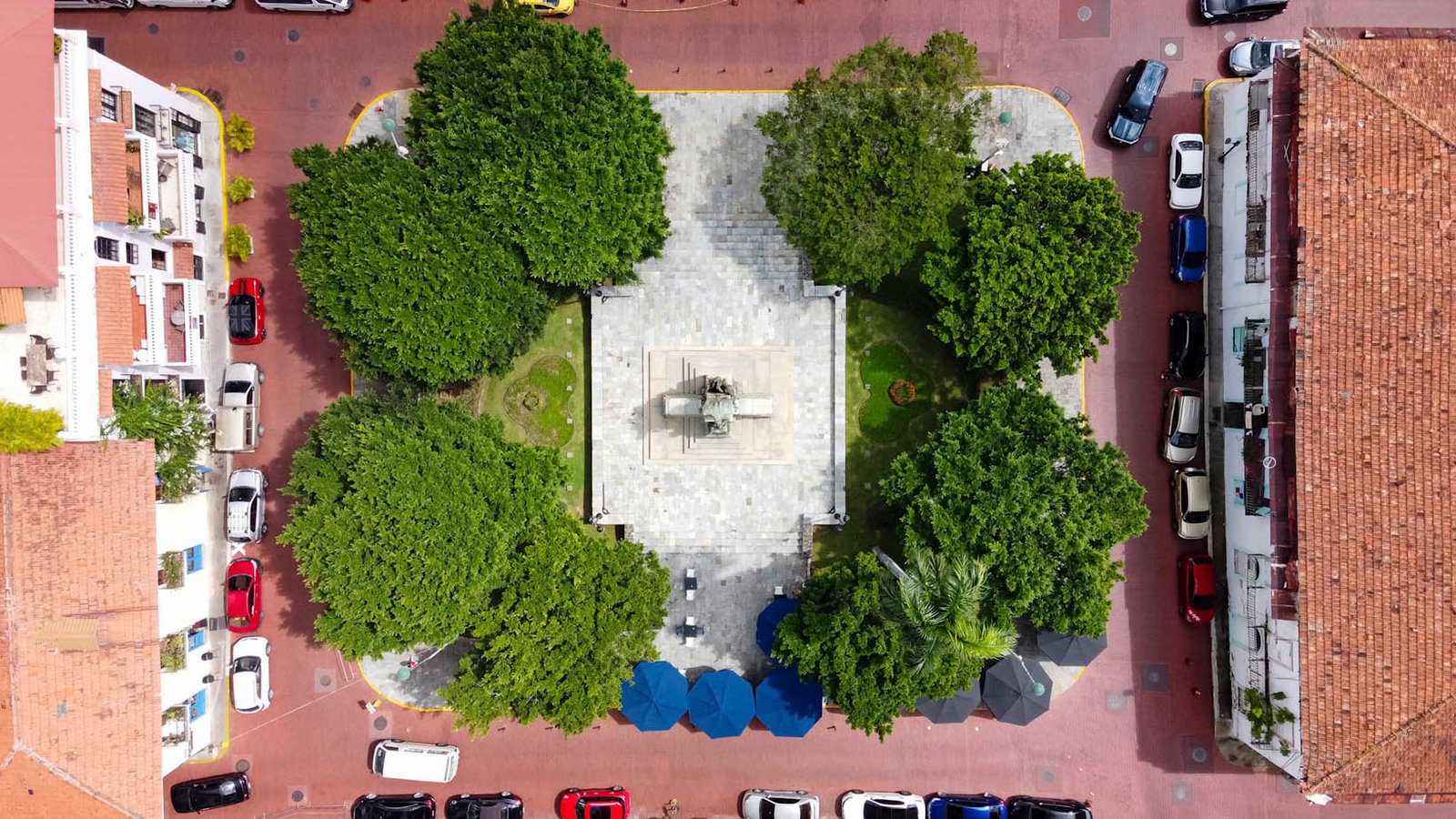
This plaza was where Simón Bolívar convened the freed republics of Latin America in the Congress of Panama (or Amphictyonic Congress) in 1826, seeking to unite the countries in a strong federation. The Bolívar Palace, now home to the Ministry of Foreign Affairs, still houses some of the documents signed at that important event. One hundred years after the unsuccessful attempt, a new meeting was held with the signatory countries and the monument was inaugurated.
Paseo Huertas

Very near what was the Club Unión in the previous century, a stairway leads under an arch of bougainvilleas to a promenade atop the old wall. This is Paseo Huertas, which pays tribute to the Colombian general who helped secure the peaceful separation of Panama from Colombia. It is also one of the city’s most photogenic spots.
Plaza Francia
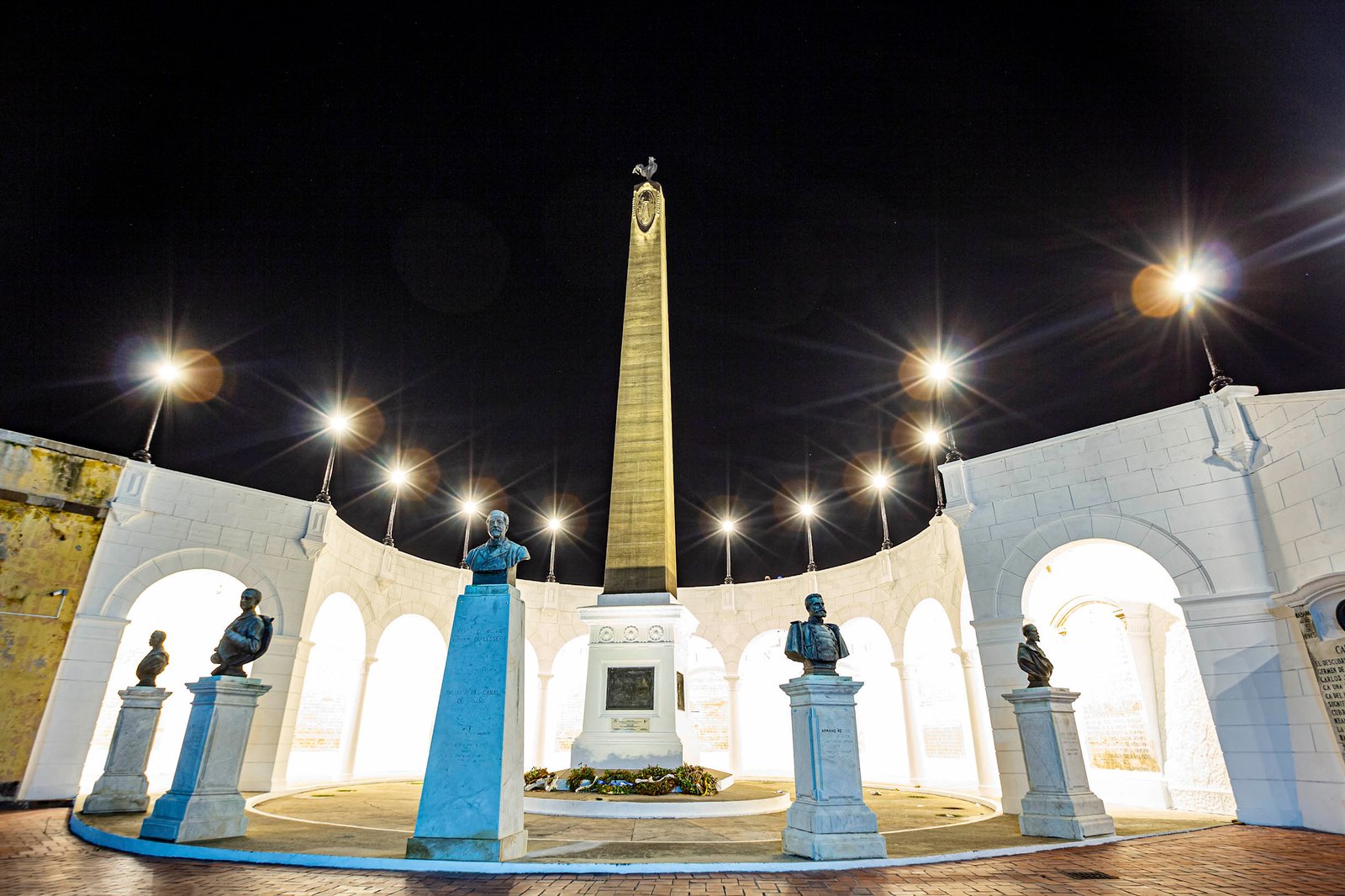
Paseo Huertas terminates at another beautiful site, which commemorates the boldness of the French in the late 19th century, who sent engineer Ferdinand de Lesseps and his men to attempt to build the Panama Canal. The obelisk, decorated with the French cockerel, marks the plaza, which was inaugurated in 1921. A monument that memorializes those who participated in the grand effort was built near Las Bóvedas, a military barracks and storehouse that dates from 1673.
ISAKI

Isaki Rooftop offers exquisite Japanese cuisine as well as a marvelous chance to enjoy a Teppanyaki experience in the Casco Viejo style of vibrant Panama City.
The innovate restaurant has three separate dining areas: indoor, rooftop, and teppan, all realized in a dazzling Japanese architectural style. The gastronomy features a perfect fusion of choice seafood and premium cuts of meat. The extensive cocktail, sake, and Japanese beer menu harmonizes perfectly with the cuisine, ensuring an unforgettable experience.
Tel. +507 6717 4068
Instagram: @Isakicasco
eventosisakicasco@gmail.com
MUSEO DEL CANAL

The Canal Museum opened its doors in the Casco Antiguo (Old Town) in 1997 to delight visitors with the history of Panama and its Canal, through art collections, archeology, and photography.
The Museum’s mission is to conserve, investigate, and disseminate the country’s historical heritage. Its permanent collection houses more than 30,000 pieces dating from pre-Columbian times to the present, including the Torrijos-Carter Treaty and the flag torn down on Martyrs’ Day, January 9, 1964. The museum has also hosted temporary international traveling exhibits featuring the works of artists such as Rembrandt, Goya, Gaugin, and Kahlo.
Hours: Tuesday to Sunday from 9:00 am to 5:00 pm
@museodelcanal
Tel. 507 211 1649
Santa Familia Casco Viejo, Panamá
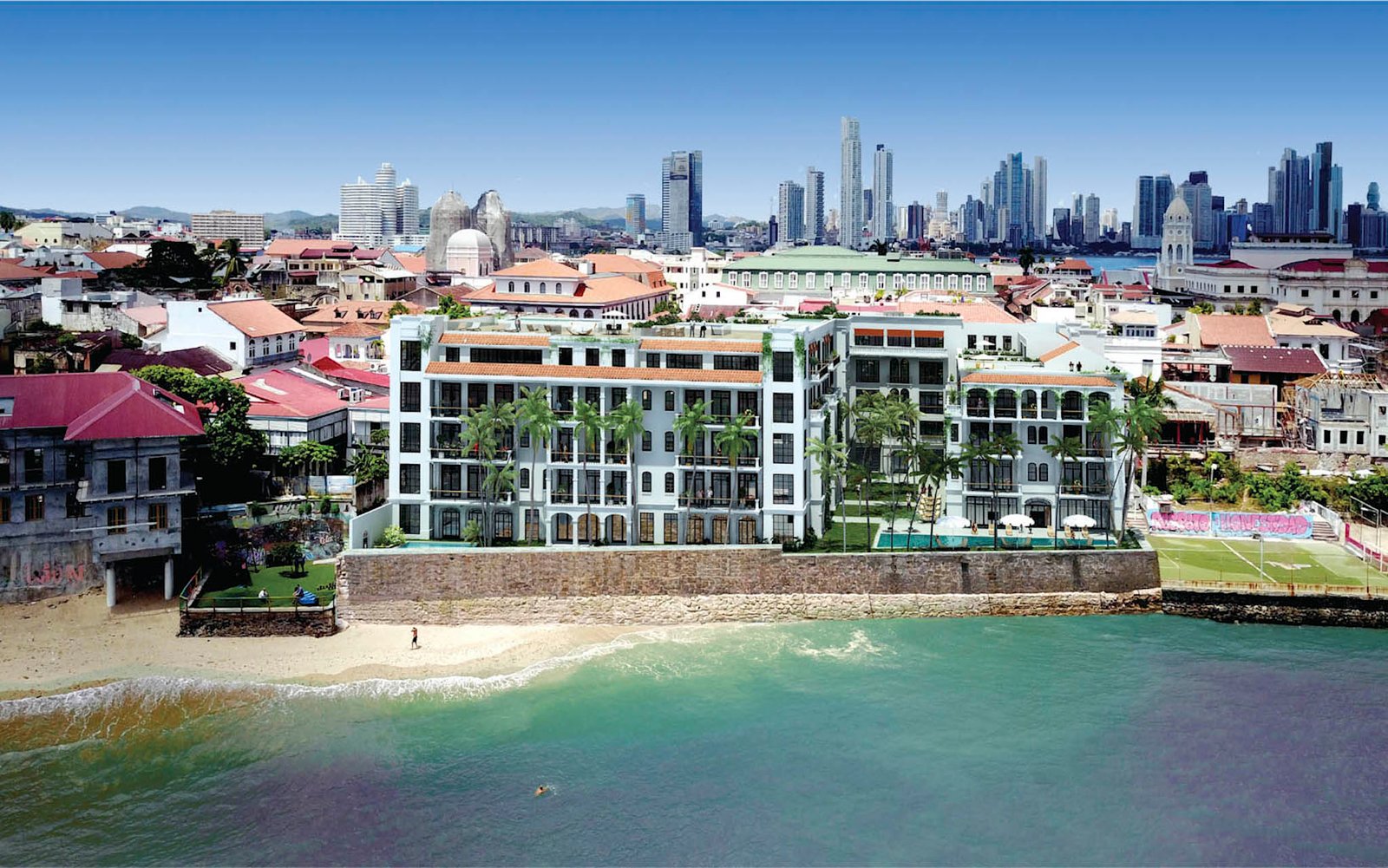
UNESCO World Heritage Sites conjure up superlatives. Rare. Collectible. Heirloom. Priceless.
Santa Familia is more than just an opportunity to own a piece of history: it is a chance to build a lifestyle in a vibrant, eclectic neighborhood with a welcoming, diverse community. No expense is being spared in creating the finest building Casco Viejo has known, on the best piece of beachfront property in the district.
For more information, contact us or just drop by our sales center to learn about Casco’s 30-year property tax exemption and special interest rate subsidies for buyers who help us restore the historic district.
Patrizia Pinzón, tel. +507 6676 6785
patrizia@arcoproperties.com
Clara Hardin, tel. +507 6676 1165,
clara@arcoproperties.com
